Want to read more 2022 marketing trends?
Click below for a free PDF version of our overall 2022 marketing trends report.
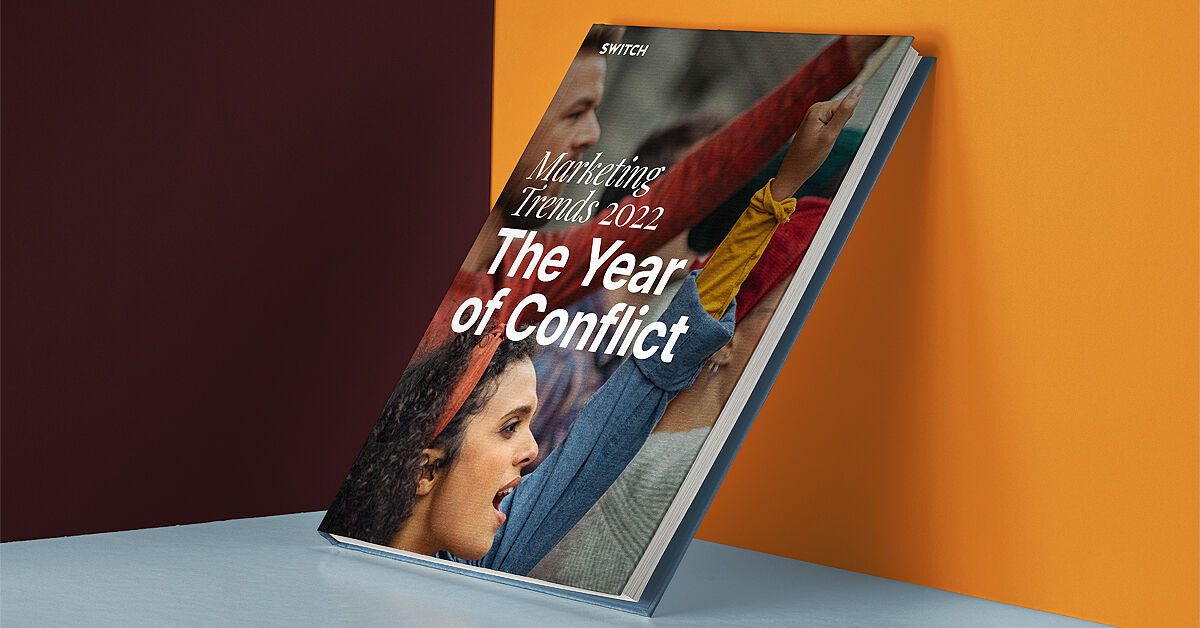
Intro to Consumer Behaviour 2022
When we talk about trends, we’re really talking about people.
What did they like this year? What did they hate? What were the apps they spent the most time on? What did they buy when everywhere had to lock down? How did they spend their free time? Which brands did they buy from?
What changed?
Marketing and advertising is storytelling.
But who you’re telling that story to changes dramatically, sometimes within the same stretch of a year, sometimes not for a long time – and keeping track of how people are changing is important.
Your story has to hit the right mark.
The key to that is knowing what marks have been left open for you.
And to know that, you need to know people.
A Global Snapshot
To use everyone’s favourite lockdown email opener: we are living in unprecedented times.
Technology has reached a point where those early sci-fi movies now look like a real possibility. We can connect with others in the time it takes to blink. There’s never been more ways of finding out the answer to a question you have, and that’s not taking into account the internet. The internet is alive, a bubbling forum of voices. We have entertainment on demand.
The edges of everything have been smoothed down and softened for convenience and comfort.
Also: there are a lot of angry people waiting for brands to make their lives better.
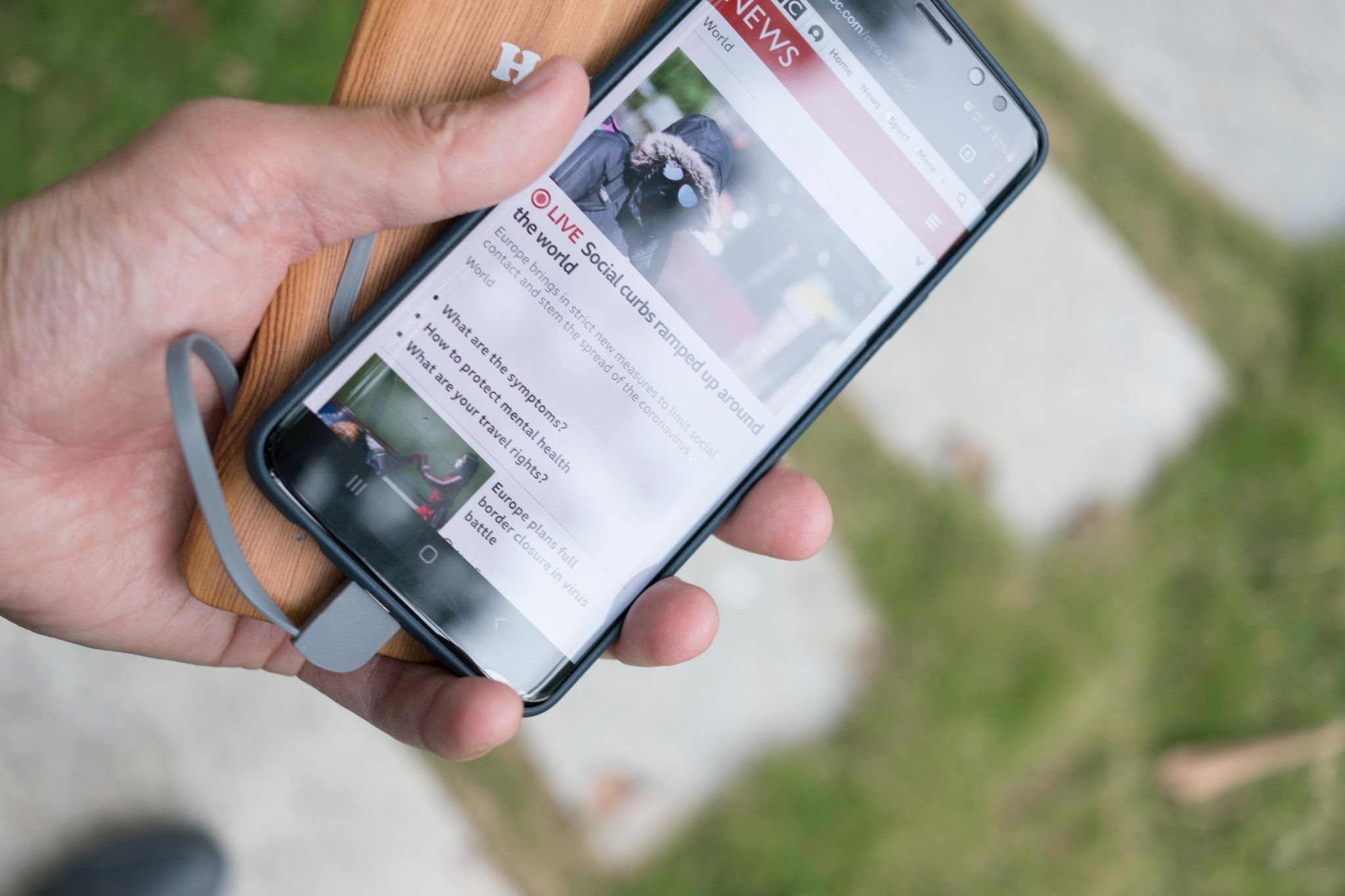
Consumer Behaviour in 2022
People fundamentally don’t change.
What changes is how loud the conversations they’re having are.
We’ve heard of cancel culture and ‘you can’t say anything anymore’ and big brands raked over the coals for ‘it was fine back in my day’. This isn’t something surprising: it’s the way the social-media-isation of the internet is supposed to work. Everyone’s voice, all at once, talking.
2022 is not different.
For the coming year, we’re set to see more talk, more voices, more conversations happening than anyone can track or analyse. We’re set to see a global population splitting the differences, combining and connecting with disparate people located all over.
We’re set to see untrackable conversations, places where brands can’t follow, and a population that increasingly knows how to turn the marketing tables back onto the marketer.
This is going to be the audience that’s hardest to connect to.
After a global pandemic, when everything was online and ads were everywhere and all the conversations happening online were ringed around by ‘buy this’ or ‘this will fix your life’ or ‘here’s another string of bad news’, the same normal patterns of conversation and connection no longer apply.
And that’s fine. This has happened before.
What we do now is figure out a way to talk to these people, in this moment, with their history in mind, with what they want and what they like and what they crave to understand.
Here’s the consumer behaviour trends for 2022.

Trend 1: Master of My Own Fate
- 60% of consumers are interested in tailored shopping content1.
- 72% of consumers will only respond to personalised marketing messages.
- 91% of consumers will only purchase a product or service after reading at least one review.
So much of 2021 was out of anyone’s control.
Between the ongoing problems from the pandemic, a rising climate crisis, sham elections, skyrocketing prices and a complete overhaul of the way people live and work, it’s not surprising that the 2022 consumer needs stability and focus – and the way to give them that is to let them tailor their experiences.
Trying to meet everyone on their own terms is impossible. Consumers who have spent most of the past year indoors or fluctuating in and out of lockdown are used to their own comforts and familiarities, and anything outside of their worldview is a hassle and an effort.
It’s not worth the time.
There is a global burnout. People are tired and don’t want to work for gratification or base-level comforts. Brands who can meet them on their level and allow them to tailor their experiences right down to how they choose to shop are going to see that change immediately.
Personalisation is on the rise. Personalisation has always been on the rise, but there’s been a global shift now towards ‘I know it can be done, so why aren’t you doing it?’.
People who spent the previous year living in the fog of the pandemic are especially susceptible to tailored marketing campaigns. They spent so long on the sidelines of what was happening that any message that reaches out to them directly is bound to have an impact.
Especially if it offers a way to customise their shopping experience.
2022 is going big on personalisation. From the way you view the app to the way that the product makes its way to you, to any freebies you get with it, consumers want brands to come down and talk to them on an individual level. Brands who give them that level of customisation will see a difference.
Brands that don’t might have to find a different way of individualising the consumer, and a way of addressing them that emphasises their individuality.
How to capitalise on this trend
Your audience categories aren’t what you should be talking to: they’re a guideline. Stop considering your consumers as members of a cohort, and think deeper about what they like, what pushes them to buy your service or your product, and what you can do to support them.
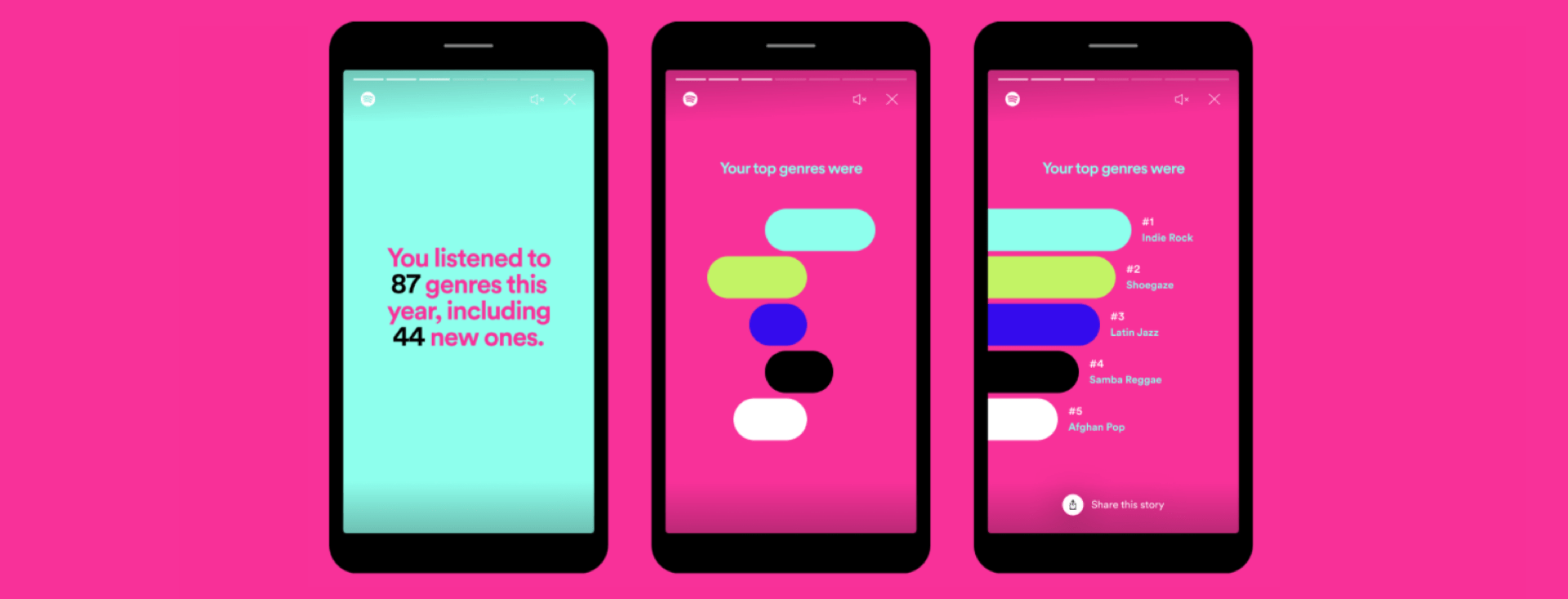
Case Study
Spotify has personalised marketing down to an art-form. Their annual ‘Wrapped’ campaign takes over social media every year, but for 2019, Spotify went a step further.
To celebrate the end of the decade, Spotify went back into its data and created a custom record for the decade tailored to each individual user. Besides analysing the change in their music taste over the past ten years, each user also received a link that would take them to a playlist that allowed them to relisten to their old favourites.
They also released a ten episode podcast to go with it that examined one year of pop music from 2010 – 2019, with commentary from critics, comedians, and music journalists.
In the first week of the campaign going live, almost 90 million users engaged with the in-app story feature. The Wrapped digital experience saw 60+ million visits, as well as 5+ billion views on Tik Tok.

Trend 2: Money On My Mind
- 56% of global consumers consider themselves more price-conscious now4.
- 68% of consumers worried about the rising prices5.
- There was a 10% – 26% increase in savings for consumers in America and Western Europe6.
The biggest worry for 2020 was financial.
COVID-19 put a lot of pressure on businesses to shut their doors and mitigate the spread of the virus. As a consequence, some people lost their jobs, and their savings plummeted, and the measures implemented to tide them over weren’t always enough to make it to the next month.
Things are better now but we’re not out of the woods. And economic recovery is still on a very uncertain timeline.
So, for the foreseeable future, consumers will still be money-conscious, price-oriented, and worried.
And brick and mortar stores are the ones who are going to feel the pinch of this trend. With online stores offering discounts, free shipping, or other incentives to push for purchases, consumers are going to opt for the place that gives them the better bargain, regardless of quality or convenience. Consumers who live in areas that are still being battered by the pandemic are especially concerned about price, and more likely to try and save their money than splurge- no matter what the bargain is.
How to capitalise on this trend
If you can’t lower your prices, you have to offer something more: free information, advice, user guides, a link to your consumers’ values. Consumers are going to want to know that what they’re paying for is what they’re going to be worth the money, in whatever way possible.

Case Study
Reformation is not a budget-conscious brand, and it’s not luxury. It sells limited edition clothing made out of deadstock fabric and repurposed vintage tailored to their individual consumers.
The design team has to work with the fabrics they were capable of sourcing, with the materials they have available, and with a conscious effort to educate their clients on why they made those choices. Consistent pricing has also kept their stock selling out within 38 days.

Trend 3: Digital Dreaming
- 62% of global shoppers are going to increase their use of digital shopping channels in the future7.
- 39% of global consumers will shop more online for things that they used to buy in store8.
- Over 80% of global consumers shop online9.
Since 2019, the digital landscape has changed completely. What was created out of necessity due to stores shutting down and consumers locked inside has now become a way of life that no one wants to leave behind.
Groceries online. Entertainment on demand. Consumption at scale and delivered in bite-sized portions to the people who need it most. Accessible, digital spaces that leave no-one out.
When there was nowhere else to go during lockdown, the digital became a refuge for everyone, no matter what hobby or niche interests they had, and brands had to pivot to address them on their own terms. Now that the world is opening up, consumers don’t need to be online as often – but they still want all the perks that come with living digital-first.
Brands that can keep the way they worked during COVID-19 active while they are transitioning back to greeting customers in real life are likely to see the benefit in maintaining their digital presence and keeping the same rate of accessibility for their consumers.
The fundamental importance of a digital presence cannot be understated. Brands who want to capitalise on conversations with their audience need a digital presence that can serve as a connecting point with their audience. Regardless of whether or not they sell online, digital has become the go-to way for consumers to learn about a brand – and brands can’t do anything but go online.
How to capitalise on this trend
If you don’t want to set up an online storefront, you need a social media platform to use as your primary method of communication. We’ve covered some interesting social media trends for 2022 that can help you start to make sense of what you can do on social media.
An important point to keep in mind is that your social media shouldn’t – and doesn’t – have to be corporate. The digital world is for having fun: that means connecting without necessarily having to adhere to strict guidelines, and working out what, and how, your brand should behave online.
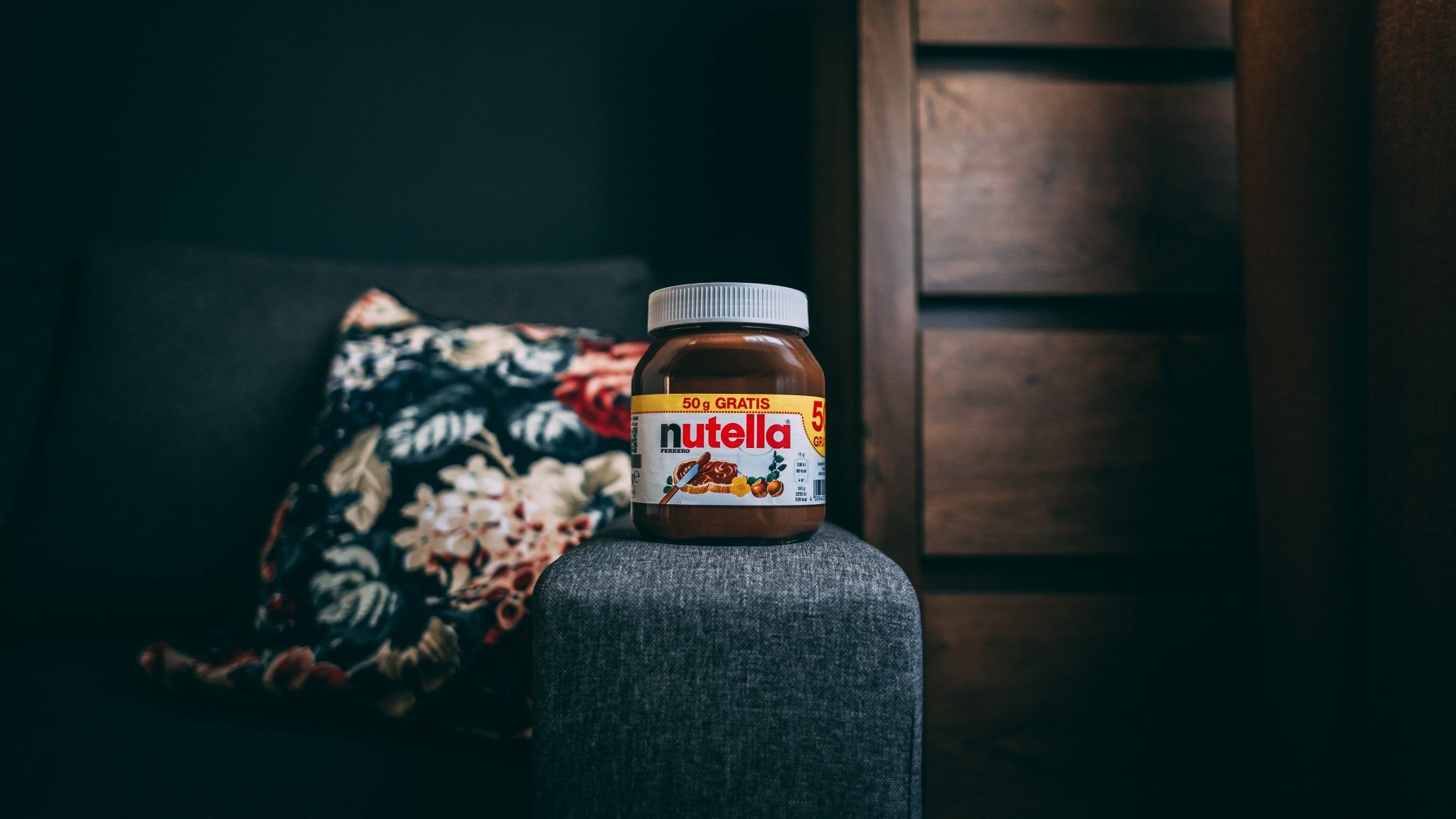
Case Study
Nutella wanted to increase their online traffic and increase their sales. They printed unique codes and placed them on their Nutella jars, pushing consumers to access exclusive content on the website, with 20 participants selected to win a prize every week for four months.
The website also included a dedicated page full of recipes based all around Nutella.
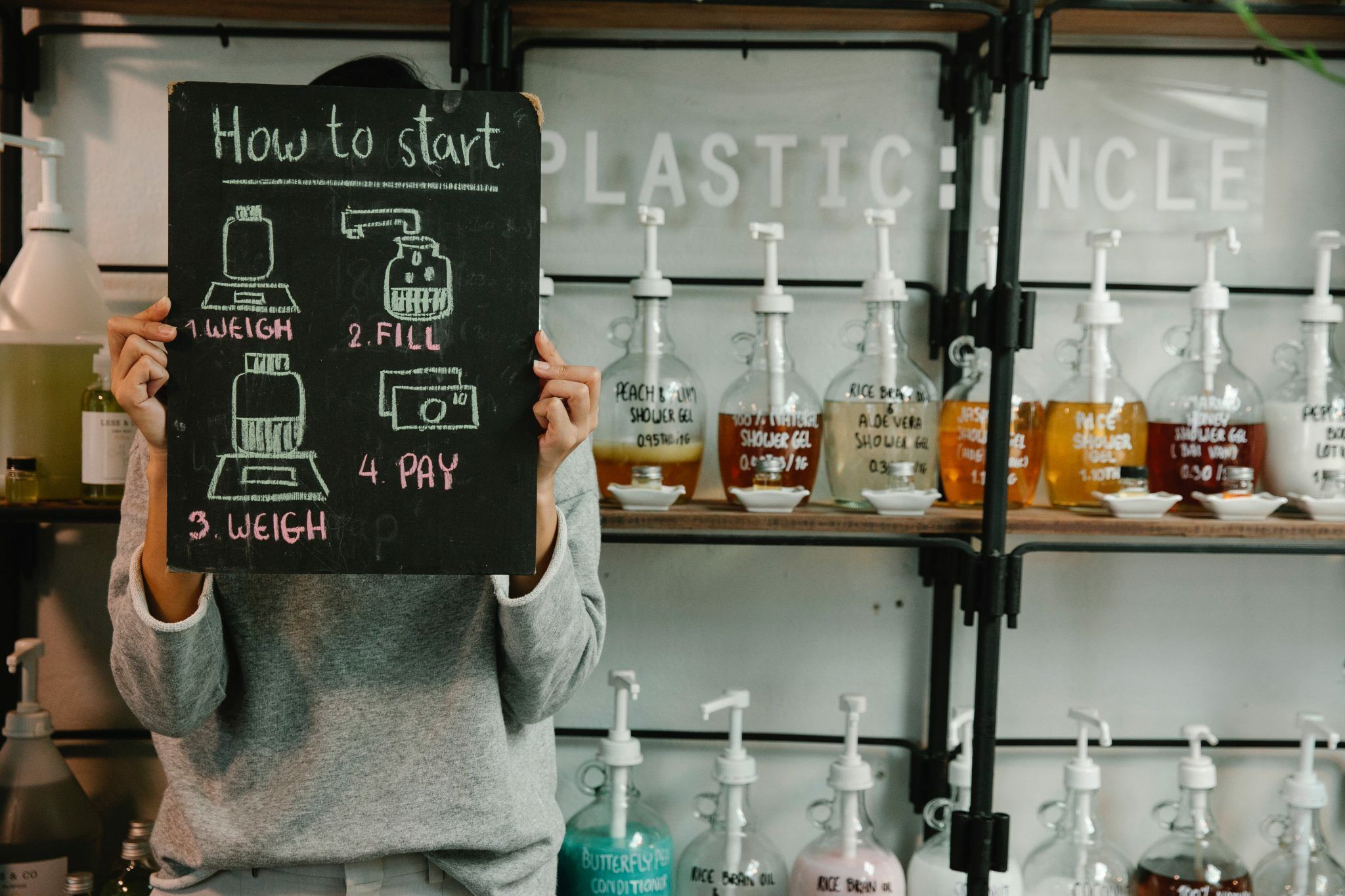
Trend 4: Accessible Eco-Conscious
- 80% of consumers say brands need to be transparent about their environmental impacts when it comes to producing their goods and services.
- 44% consider sustainable products as too expensive.
- 82% see climate change as one of the biggest challenges the world will face within the next 20 years.
When it comes to the climate crisis and sustainability, consumers want their brands ready to put their money when their mouth is.
And no, it doesn’t mean greenwashing your products to look better.
Companies that want to commit to making a difference for sustainability also need to take the additional measure of making that sustainability accessible – especially now that people are worried about the ongoing post-pandemic financial crisis.
People want to do better.
They need help to be able to do better.
And while brands can easily put down sustainability efforts as one of those subcategories that consumers want, but don’t really want, sustainability is a very real value for a lot of consumers who are willing to pay more for the peace of mind that comes with doing what little you can.
This also extends into public awareness. Brands need to stand as educators on sustainability, not just the company that brings sustainability forward. The real value for consumers is not going to just be in purchasing the product, but in understanding why they’re purchasing what they’re purchasing, and how it makes a difference.
Information is power. And brands have information to spare.
The brands that can capitalise on this trend stand to build more than revenue.
They can become brands whose word has power.
How to capitalise on this trend
Brands are well-positioned to lead in this area without cutting into profits, but they need to start talking to their consumers with transparency. Any effort to connect with their consumers on the level of what their products and services actually cost in terms of environmental impact will see brands develop a strong following, but there has to be total transparency. Obfuscating the truth behind claims is what leads to greenwashing in the first place – and as we can see now, that didn’t turn out well for the brands that pioneered it.
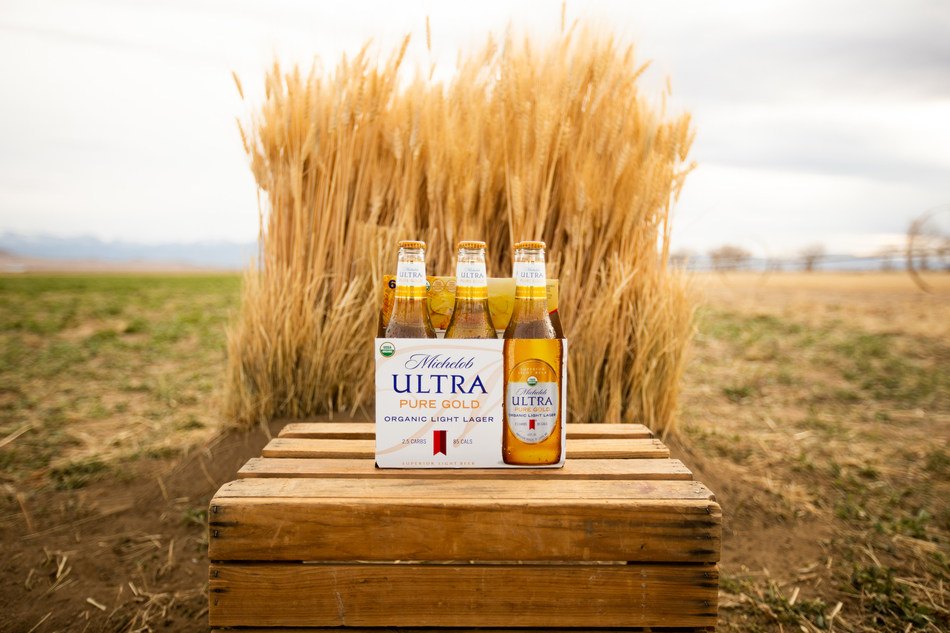
Case Study
Abinbev, an Anheuser-Busch InBev product, was developed to be America’s first mass-market organic beer, addressing a gap in the market that should have been promising – but they fell at the first hurdle. Only 1% of US farmland is organic, which made finding the base products for their beer difficult.
Michelob Ultra decided they wanted to help.
They created a campaign where they offered in-depth training, over 25% premium for the transition period, and to become a farmer’s first customer once their training was complete.
They saw 175 farmers sign up for the programme, an 18% increase in sales, and predicted that the amount of organic barley will triple by 2023.

What happens now?
2022 will bring some of the biggest behavioural shifts.
And it’s only partially because of a post-pandemic reality.
Every trend that we’ve examined so far points to one thing: that the world we know now is on its way to becoming completely unrecognisable. Technology has already changed the way many of us work and the way we interact with each other, and the virtual has become the norm, not the exception.
We were always headed this way.
The seismic shift that was the COVID-19 pandemic only shifted the goal posts forward a little bit, and now consumers are maintaining the pace.
We’re looking at a new way of being: of connecting, to brands and to each other; of learning more than we had access to before; of being able to make a tangible difference.
Of needing to make that difference.
There was a period of time before 2019 when marketing and advertising didn’t address people; it addressed ideas. Generation gaps. Boomers, Gen Z, Gen X, vegans, digital natives.
At the time, that thinking was necessary. Those labels are still useful.
But they’re no longer useful to communicate to.
Not now that we have the technology and the space to personalise our offerings, and not now that consumers are expecting more for their brands, trying to eke out a little more value for a little less money spent.
Every brand wants to be seen as individual.
Consumers are the same.
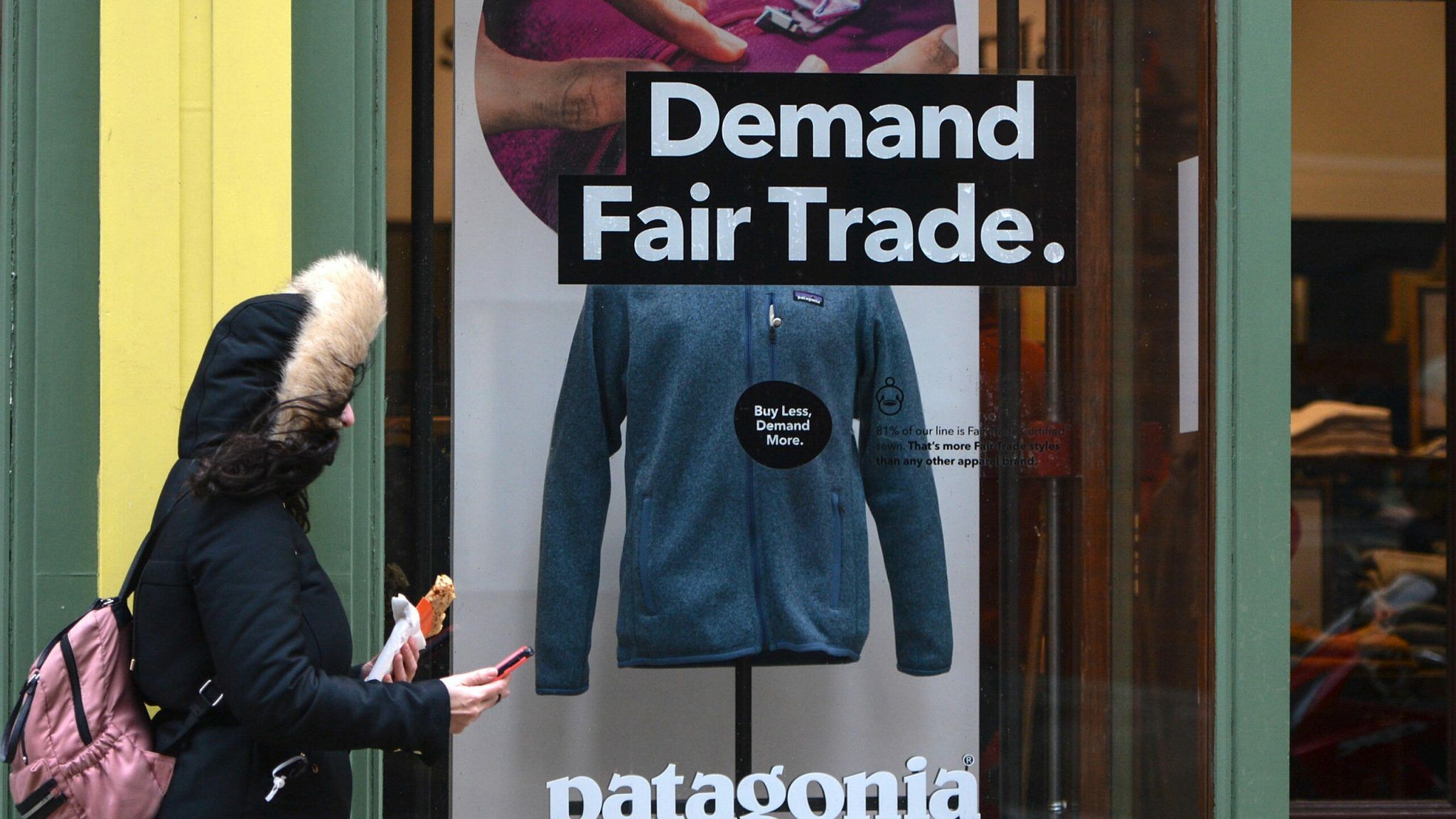
How do I—?
Our consumer behaviour guide is only the surface.
Trends appear differently in every facet of marketing, from web design to digital marketing to the way that consumers want to shop, everything in this blog is only really where it comes from.
To see where these trends go, you have to dig deeper.
Fortunately, we’ve written those articles, too.
The shifts that we’re seeing into 2022 are shifts we’ve watched come into their own from before. They’re trends that were ‘eh, maybe’ at the beginning of 2019, taking greater shape in 2020, unmissable in 2021, and ones you can’t do without in 2022.
Consumers want your brand to stand for something more. They want more sustainability. They want knowledge. They want to know the brands they frequent see them as one person, not a cohort.
They want better.
And while they’ve been wanting better since 2019 and the age of the ‘glass box’ brand, now it’s crucial.
Now is when your brand has to make a decision on how it wants to keep going.
Business as usual, lower profits, safer margins all around?
Or business out of the norm, deeper dives, more risk and more reward?
We can’t make that choice for you.
What we can do is guide you – to tell better stories, make better choices, and be a better brand overall.

Want to read more marketing trends for 2022?
Here are a few more resources we’ve put together, with more on the way:
Marketing Trends 2022: The Year of Conflict
Social Media Trends 2022: The Year of More
Seven Regional Marketing Trends We Want To See More Of
Sources
Trend 1: Master of My Own Fate
- ‘Industry Perspective: The Evolving Customer Experience’, Facebook IQ, 2021.
- ‘Privacy and Personalization Report’, SmarterHQ, 2020.
- ‘The Impact of Customer Reviews on Decisions’, Bizrate Insights, 2021.
Trend 2: Money on My Mind
- ‘The Global Consumer: Changed for Good’, PWC, 2021.
- ‘Global State of the Consumer Tracker’, Deloitte, 2021.
- ‘The consumer demand recovery and lasting effects of COVID-19’, McKinsey Global Institute, 2021.
Trend 3: Digital Dreaming
- ‘The Future Shopper Report 2021’, Wunderman Thompson Commerce, 2021.
- ‘The Future Consumer Index’, EY, 2021.
- ‘Worldwide share of consumers that shop online’, Statista, 2021.
Trend 4: Accessible Eco-Conscious





